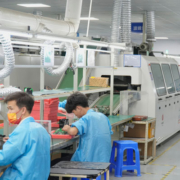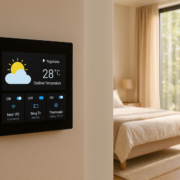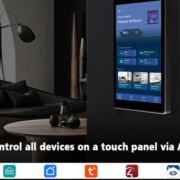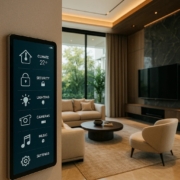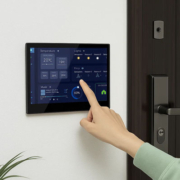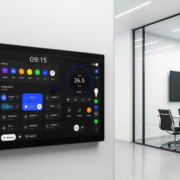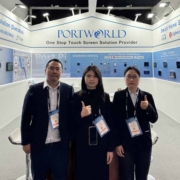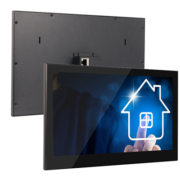The Power Duo Behind Embedded Systems: SoM Modules and Carrier Boards Explained
In the fast-evolving world of embedded systems—where performance, size, and flexibility are crucial—System on Modules (SoMs) and Carrier Boards have emerged as the foundational hardware architecture driving innovation in products like smart home control panels, industrial automation systems, medical devices, and more.
But what exactly are these components, and why are they so important?
What Is a SoM?
A System on Module (SoM) is a compact, self-contained computing module that includes the core elements of an embedded computer:
- CPU (e.g., ARM Cortex-A55)
- RAM
- Flash storage (eMMC/NAND)
- Power management
- Often integrated wireless (Wi-Fi, Bluetooth)
- Pre-installed OS (Linux, Android)
SoMs are designed for modularity and scalability, allowing developers to reuse the same module across different products while customizing only the carrier board.
What Is a Carrier Board?
A Carrier Board (also known as a baseboard or motherboard) connects to the SoM and provides the necessary I/O interfaces and application-specific components, such as:
- Ethernet, USB, HDMI, RS485, CAN, GPIO
- Touch screen connectors (MIPI/EDP/HDMI)
- Power input circuitry (PoE, DC, battery)
- Audio, camera interfaces, expansion slots
By separating the computing core (SoM) from the application-specific hardware (Carrier Board), developers gain incredible flexibility. You can build one carrier board for a smart home panel and another for an industrial controller—both powered by the same SoM.
Why Use a SoM + Carrier Board Architecture?
| Benefit | Description |
|---|---|
| Faster Time-to-Market | Avoid full custom board development—SoMs come pre-tested and production-ready |
| Simplified Development | Developers only need to design the carrier board; core computing is handled by the SoM |
| Scalability | Upgrade to a higher-performance SoM without redesigning the carrier board |
| Cost Efficiency | Reduced risk, lower NRE costs, especially beneficial for OEM/ODM product lines |
| Reliable OS Support | SoMs often come with Android, Linux BSPs, and documentation to reduce software complexity |
Real-World Applications in Smart Home Systems
In smart homes, this modular approach is especially powerful. Take Portworld’s smart control panel solutions as an example:
- The RK3566-based SoM powers Android 11 on an 8″ or 10″ touch panel
- The carrier board integrates RS485 for HVAC, PoE Ethernet, and touch screen connectors
- Developers can reuse the same SoM for different panel sizes or hardware configurations
This not only accelerates development but also supports product variation, cost optimization, and long-term maintenance.
Portworld’s SoM Solutions
At Portworld, we offer SoM-based platforms such as:
- RK3566/RK3568 Android/Linux SoMs
- Pre-configured carrier boards for smart home and industrial control
- Full OEM/ODM customization of both hardware and software
- BSP, SDK, and firmware burning support
Whether you’re creating a voice-activated home controller or a multifunctional automation terminal, Portworld’s SoM + Carrier Board architecture helps you build faster, smarter, and more flexible embedded products.

